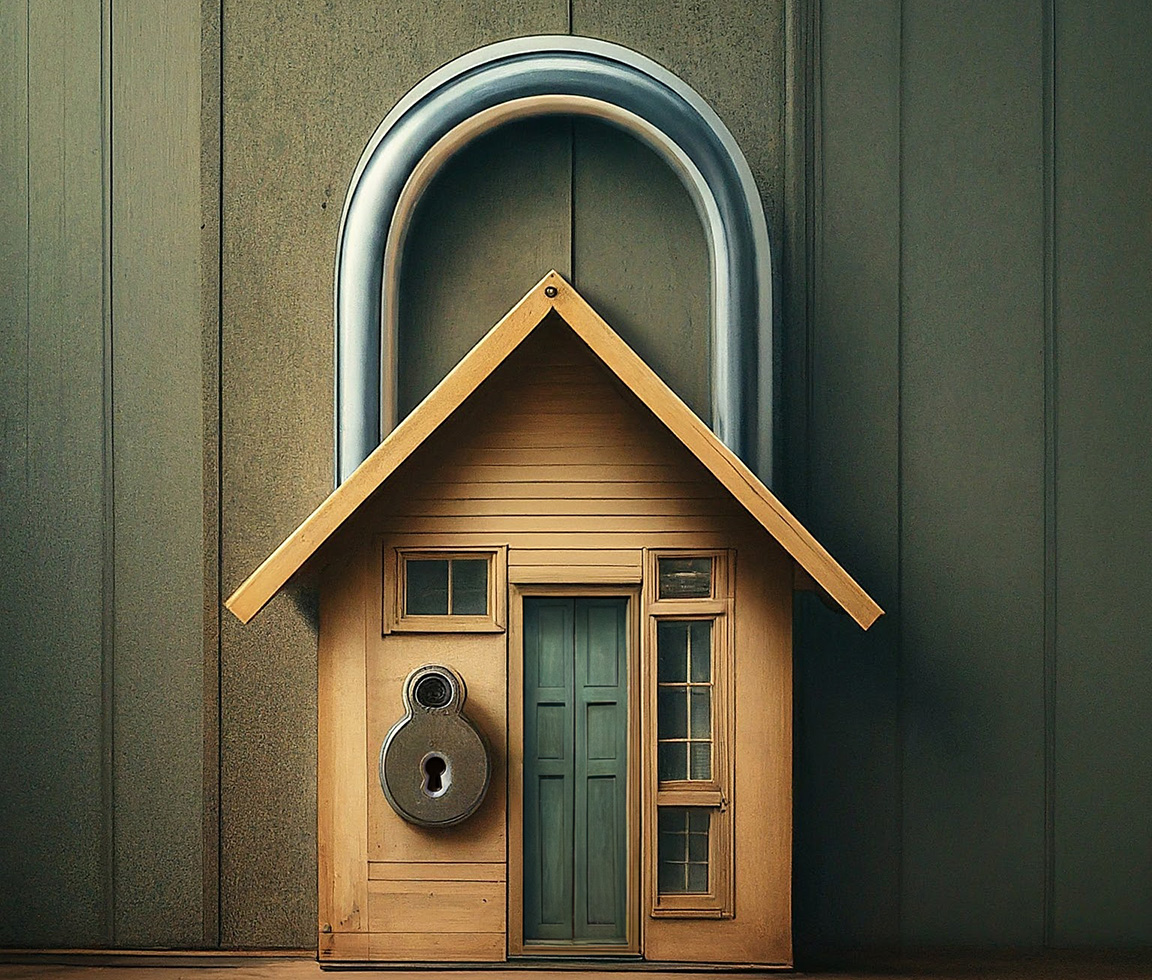Unlocking Doors: Navigating First-Time Home Buyer Assistance Programs

For many, the dream of owning a home stands as a beacon of stability and accomplishment. However, for first-time home buyers, navigating the labyrinth of financial considerations can seem daunting. What many may not realize is that there exists a treasure trove of public and private first time home buyer assistance programs designed to pave the way toward home ownership. Let’s shed light on these programs and explore how they can provide a solid foundation for aspiring homeowners.
Understanding the Landscape
Various polls1 and surveys2 have indicated that 20% to 30% of aspiring homeowners were not aware of or did not adequately understand about first time home buyer assistance programs. For example, Bankrate reported in 2024 that only 14 percent of current homeowners had received down payment assistance.
The realm of assistance for first-time home buyers spans various types of programs from public and private entities with each offering unique benefits. At its core, these programs aim to alleviate some of the financial burdens associated with purchasing a home, often through loans or grants. Furthermore, educational courses on homeownership are available to most homeowners regardless of their income levels.
Types of Programs and Their Benefits
Loans: Government-backed loans are a cornerstone of assistance programs. These loans typically offer lower down payments, discounted mortgage rates, and/or more favorable terms. For many first-time buyers, these benefits can make the difference between dreaming of homeownership and making it a reality. Here’s a high level breakdown of some of the more common low down payment loans:
| Type | Credit Score | Down Payment | Additional Details | |
|---|---|---|---|---|
| FHA Loan | 580+ | 3.5% |
|
|
| HomeReady / Home Possible | 620+ | 3.0% |
|
|
| VA Loan | 580+ | 0% |
|
|
| USDA Loan | 640+ | 0% |
|
|
Government-backed loans can be advantageous for individuals with low credit scores or minimal savings for a down payment. Conversely, those with higher credit scores or larger down payments may find standard mortgages from private lending institutions more beneficial. Therefore, it is important for aspiring homeowners to shop around and find the financial product that best meets their needs.
Down Payment Assistance (DPA): There are also programs available to help first time home buyers with their down payment. The down payment assistance is offered in many forms, such as low interest loans, forgivable loans, or grants. Grants are non-repayable gifts bestowed upon first-time home buyers. The amount offered will vary and depend on the specific program and can be also used for closing costs.
Closing Cost Assistance: Most first time home buyers are focused on the mortgage rate and down payment amount that they are not as aware of the closing cost. Closing costs are fees associated with a home purchase, such as fees to originate the loan, title insurance, appraisal, etc. The closing cost amount can range from 2% to 6% of the borrowed loan amount. Similar to DPA programs, there are programs that offer assistance to first time home buyers in covering all or a portion of their closing costs.
Educational Courses: Shifting from renting to home ownership can be a challenge. Educational programs help aspiring homeowners understand their responsibilities, such as property maintenance and financing. By providing valuable insights and resources, these courses empower individuals to make informed decisions. A HUD report indicated that homeowners who attend home ownership education programs are one-third less likely to become delinquent within their first two years of home ownership. Most of these programs are available for free or low cost regardless of income levels.
Qualifications and Where to Look
Understanding the eligibility criteria for these programs is paramount. Qualifications often vary from state to state, emphasizing the importance of thorough research. While most states define a first time home buyer as anyone who has not owned a home as their principal residence in the past three years. However, it can vary from state to state. Other eligibility requirements may include income limits, type of home, and how long you have to reside in the home.
In the research phase, prospective buyers should explore resources available at the city, county, state, and federal levels, as well as through non-profit organizations. A web search for “first time home buyer programs,” “housing authority,” or “down payment assistance” for your local area can yield valuable information. Additionally, working with a real estate agent knowledgeable about first-time homebuyer assistance programs can greatly accelerate the process. When interviewing potential real estate agents, inquire about their experience and ability to provide guidance with such programs.

Success Stories
These programs have played a crucial role in helping aspiring homeowners achieve their dreams. Across the country, countless families have successfully attained homeownership. Take, for instance, Felicia Bolton from Arlington, Texas. Facing a significant financial hurdle in purchasing her first home, Felicia partnered with the Texas State Affordable Housing Corporation (TSAHC). With their assistance, she obtained an FHA loan and a $6500 down payment assistance grant, covering part of her down payment and closing costs.
Similarly, Devin Lee, a truck driver and father of two in Baltimore, Maryland, found himself exploring homes outside the city due to affordability constraints. However, through the LIFT program, a collaboration between NeighborWorks America and Neighborhood Housing Services (NHS), Devin secured a down payment assistance forgivable loan. This enabled him to purchase a home in Baltimore, allowing his family to remain in and invest back into the community.
These success stories underscore the invaluable support that first-time home buyer programs provide. By raising awareness and understanding of these programs, aspiring homeowners can confidently pursue their dreams of homeownership, laying a solid foundation for their future.




